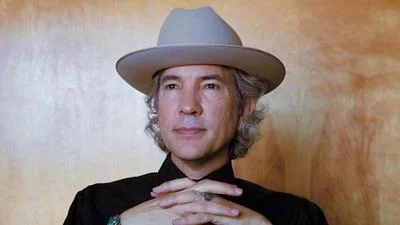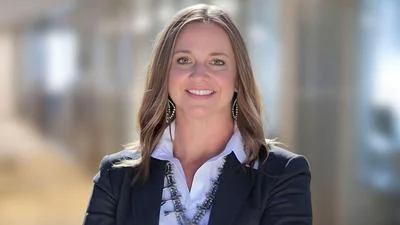The University of New Mexico Hospital will open its new Critical Care Tower (CCT) on October 5, bringing together a range of clinical departments aimed at enhancing patient care for residents across the state. The CCT is described by hospital leaders as a significant advancement in health care infrastructure and technology.
“I’m incredibly excited,” said Steve McLaughlin, MD, chief medical officer for UNM Hospital. “The CCT is going to be transformative for health care in New Mexico. It is one of the most amazing facilities for health care anywhere in the United States, and we’re incredibly lucky to have it here.”
Two main features are expected to play a major role in the new facility’s operation. According to McLaughlin, advanced data systems will connect all equipment and electronic records throughout the building, supporting better patient care. “Everything we use now, from X-ray machines to machines in the operating room, to the electronic medical record, to the bedside monitors, are connected electronically, and communicate with each other and share data to help us to take care of the patient,” he said.
The tower’s design also includes vertical integration—a layout that allows quick movement of patients between departments via elevators. “This vertical integration is the way that most hospitals are designed in 2025,” McLaughlin explained. “It’s the vertical stacking of your emergency department and imaging, with your procedural/surgical suites on top of that, and then with the ICUs on top of that. That’s the ideal structure.”
Each floor will house specific departments:
On the ground level, an upgraded Emergency Department will feature 68 beds dedicated to adult patients. Pediatric emergency services will remain at their current location but expand capacity. Starting October 5 at 5 a.m., staff will transfer patients from existing facilities into the new tower while ambulances begin delivering adult patients directly there.
Jon Femling, MD, PhD, medical director of the Emergency Department, noted improvements such as easier access to transfusions and medications through an on-site pharmacy. Additional features include larger waiting areas, specialized examination rooms—including women’s care—and resources like a simulation lab for training healthcare professionals.
The first floor includes admitting services, family support areas, Native American Health Services—highlighted as important by McLaughlin due to longstanding community ties—and imaging capabilities such as three CT scanners and two MRI machines.
Behind-the-scenes operations occupy much of the second floor: biomedical engineering, sterile processing for instruments, environmental services ensuring cleanliness, laboratory functions, respiratory services and more. Patients can access information stations or use spaces like The Caring Cup Café or Spiritual Health room.
Surgical procedures are centralized on the third floor—the interventional platform—with 18 operating rooms equipped with pathogen-resistant materials and safety features. There are also four catheterization labs (cath labs), six interventional radiology suites and expanded pre- and post-surgery spaces totaling 72 beds.
Sky Campus on the fourth floor offers relaxation areas for providers as well as educational spaces for resident physicians. “The Sky Campus allows the medical staff and providers to have a space that’s off-stage to really relax...so that when they come back to work they can really bring their best selves,” said McLaughlin.
Intensive care units dominate both fifth and sixth floors: Trauma Surgical ICU and Neuroscience ICU (24 beds each) on five; Cardiothoracic Vascular ICU and Medical ICU (24 beds each) on six—providing a combined total of 96 ICU beds.
McLaughlin emphasized that thoughtful design was aimed not only at improving outcomes but also at supporting patients’ psychological wellbeing during recovery. “Becoming healthy is complicated...Being in a space that’s designed to support that—the sort of psychological, spiritual, physical healing of the patient—I think absolutely makes a big difference.”









